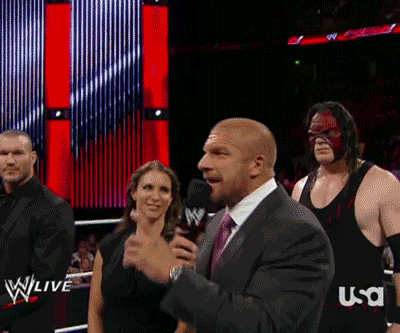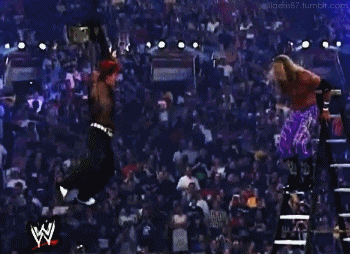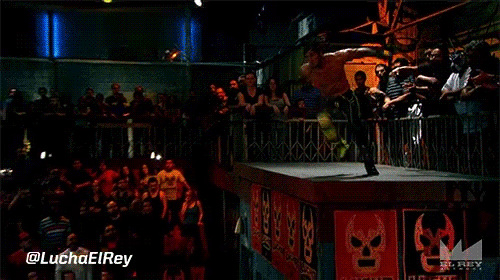Basically, I'm morbidly curious about how the entire thing came to be. Someone drop some interesting wrestling history knowledge on me.
Pro wrestling was originally legit wrestling, with legit competitors (called "shooters" or "hookers") who would compete to pin or submit opponents. Sometimes the competitions were two professionals going after it, and sometimes the competitions were challenges where local folk would take on a traveling professional, usually for a cash prize, if the local challenger could best the pro.
Sometimes the matches occurred in theaters and sports venues, or matches were part of a traveling carnival.
As the sport evolved and became more professional, and the pros became more evenly-matched, often the matches would become very technical, and last hours at a time.
Promoters noticed that the sport was kind of boring when matches would last hours, and they certainly wouldn't make as much money putting on one long show, when they could have shorter matches, and have multiple shows a day. So they started putting on "worked" matches, where the outcome was predetermined. These matches were often much more exciting, and the promoters made lots of money, so more and more the "worked" matches became the norm.
Still, even in the modern era -- even as late as the late-70s, many pro wrestling companies kept at least a few legitimate tough guy "shooters" on the payroll, used as enforcers to take care of business in case a pro wrestler who was supposed to lose tried to go against the scripted outcome.
Pro wrestling in Japan as we know it started during the post-war occupation of Japan by US businessmen, originally to entertain the troops. In 1950, a Korean-Japanese sumo named Rikidozan retired from sumo and entered pro wrestling in 1951. He became a superstar and national hero in matches where he defended Japan's honor vs. villainous US wrestlers. Pro wrestling became a huge and profitable form of entertainment in Japan.
Also in the post-war era, a group of promoters for various touring companies in North America (and eventually Japan) got together and formed the National Wrestling Alliance, to form regional borders of influence, called "territories" and to establish national and world champions that would tour around to all the various association's members' companies as a special attraction headline act to increase business.
As the business moved out of the carnivals and old theaters and into this new territorial area of established arenas and venues, the advent of television in the 1950s pushed Pro Wrestling to greater heights of popularity and theatricality. In the US, the regional touring companies that were already established became very centralized around local television stations, leading to the development of even stronger regional "territories" -- regional areas centered around one or more television stations in a touring area, usually controlled by one company. This "territorial system" in the United states would reach its height in the early 1970s, when independent UHF stations materialized, leading to a competitive market for wresting programming.
When cable television came on the scene though, the territorial system collapsed, as now wrestling programming could be nationally broadcast easily. This led to the rise of the WWF (now WWE) becoming the main company in North America. In Japan, wresting continued to flourish under many more promotional banners for a while longer, eventually contracting significantly after the boom and bust period of Japanese MMA.
...
The best way to think of what pro wrestling is, is it is a performance art. It's part scripted theater, part improvised. Basically, "physical jazz."
In matches, the outcome is known, the finish of the match, and usually a few "highspots" -- usually particularly spectacular moves in a match. A whole lot of the rest of the match is improvised. The wrestlers in the ring secretly talk to each other during the match, telling each other the next moves, and listen to the crowd to gauge their reactions. They then try to form a match to manipulate the emotions of the audience the way they want the to, to achieve the aims of the storyline of the match. The referee is a third player in the drama, contributing to the tension (usually by missing the villain's cheating) and also communicating the timing of the match and easing the communication between the two wrestlers when they aren't in earshot of each other.
So like jazz music, the "players" know the general outline of the "song," but are very much improvising and relying on their expertise to "fill in the blanks" of the structure of the "song."
When done right, pro wrestlers can tell remarkable stories in the ring, just with their physicality. So it's kind of like dance too. When done right, its a universal language. For example, I can and have easily enjoyed a great Japanese match, or series of matches, or even a whole feud storyline between wrestlers, or even an entire wrestler's decades-long career, without speaking Japanese.











